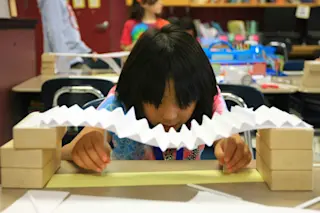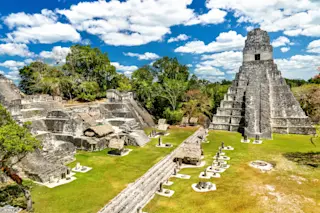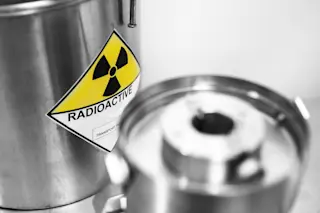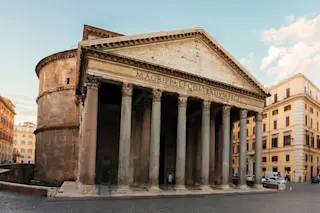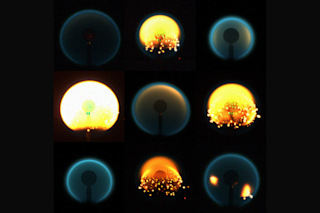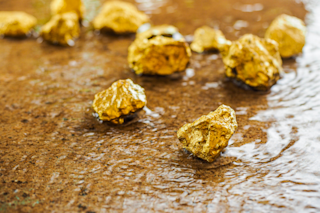When Christine Cunningham, an education researcher and vice president at the Museum of Science in Boston, prompts elementary school students to draw an engineer at work, the pictures they hand in never surprise her. In fact, for the thousands of students Cunningham has polled around the country in recent years, childhood perceptions of engineers have been strikingly consistent — and consistently inaccurate.
“Children think engineers drive trains,” she says. Some sketch construction workers assembling buildings, bridges or roads. “The kids think engineers build these structures, not design them,” Cunningham explains. While not altogether unexpected, Cunningham says such childhood misconceptions are troubling. “If you have no idea what engineers do, then it’s not very likely that you’ll think about this as a career path,” she says.
Kids learn about the natural world in science classes, but what about the human-made world built on top of it — the buildings and vehicles ...


